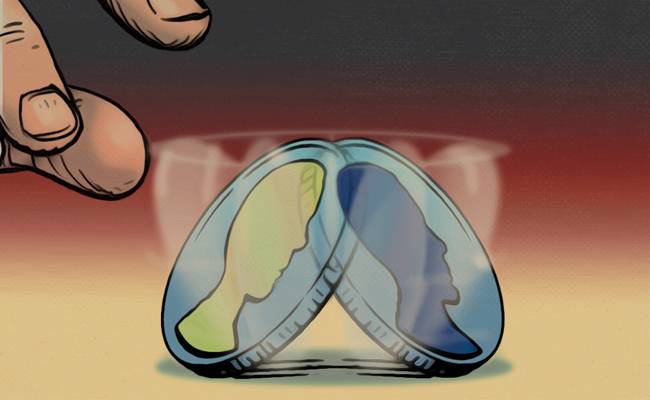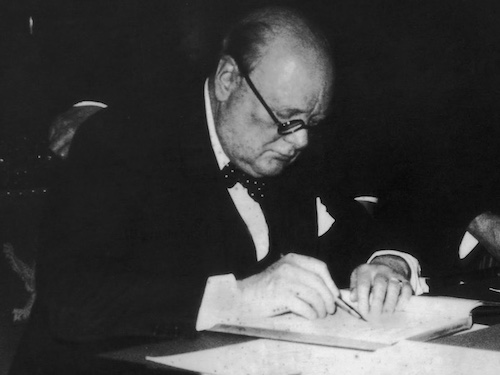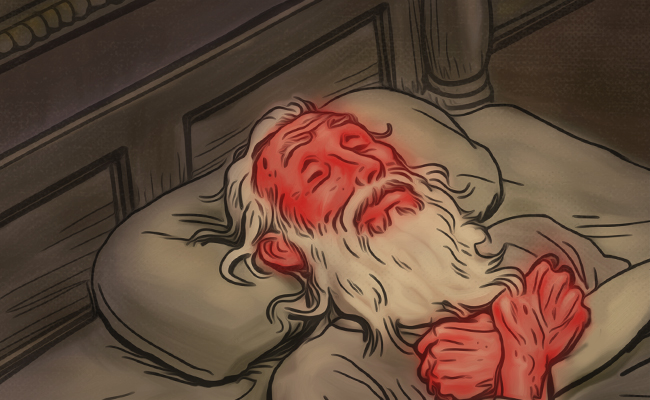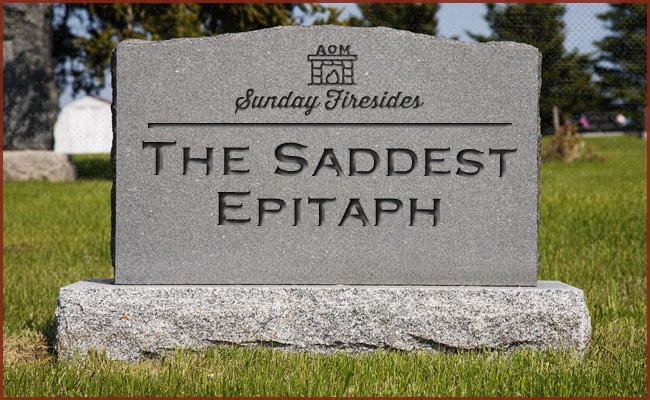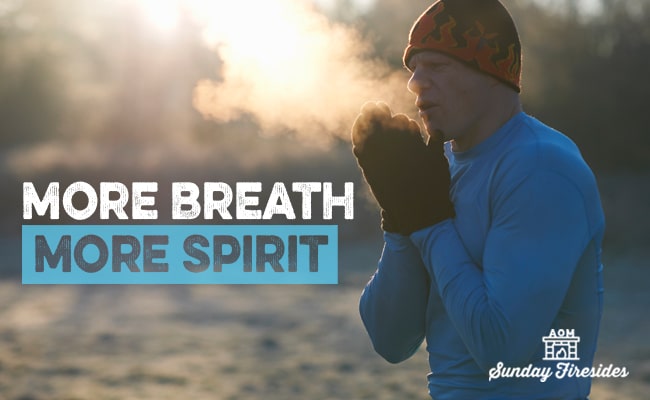
The soul or spirit has been variously defined. It can be described generally as that eternal element of the human makeup that seeks higher, nobler, life-giving aims over lower, baser, life-deadening impulses.
When most people think of developing this aspect of themselves and becoming more spiritual, they think about adopting practices that have to do with the mind and the heart.
Ancient philosophers would advise them to look to their lungs instead.
In ancient Greece, the same word — pneuma or breath — was used to describe both the physiological process of respiration and the religious idea of the spirit. Pneuma meant “air in motion,” and the Greeks saw a connection between the act of inhaling/exhaling and the state of the soul.
For the Stoics, pneuma was the “breath of life,” a warm, animating current composed of a mixture of air and fire. In its highest, most fiery form, pneuma was the soul.
Today, many don’t recognize the link between breath and spirit, the idea that a change of heart, both physically and metaphysically, is mediated through the lungs.
It is popularly understood that meditation, slowing down one’s breathing, can positively impact the spirit.
But it is also true, and less appreciated, that speeding up your breathing can do the very same thing.
Gymnasiums, weight rooms, running paths, and hiking trails are the training grounds not only of the body, but of the soul.
The more your heart beats, the more breaths you take in, the more your spirit expands. The more inert your body, the less your blood surges, the more your spirit shrinks.
It is no coincidence that this age, which is the most sedentary in history . . . is also the most secular.
For in order to begin to transcend this mortal existence, you first have to fully appreciate the fact that you’re even alive.


